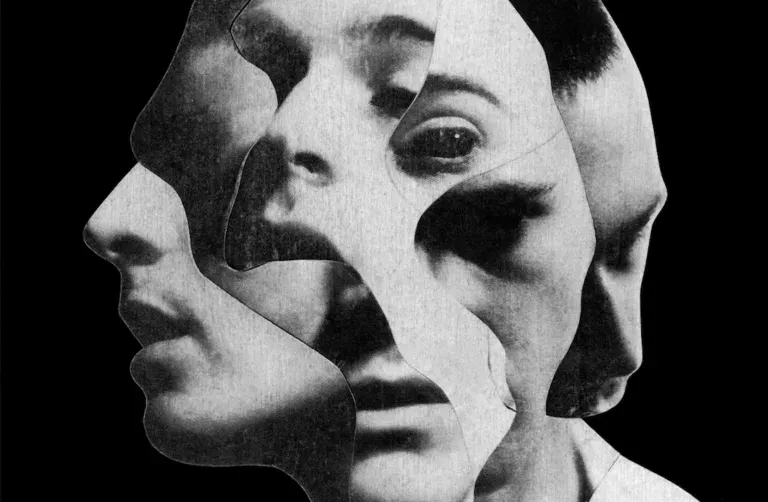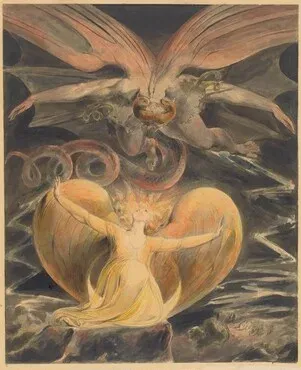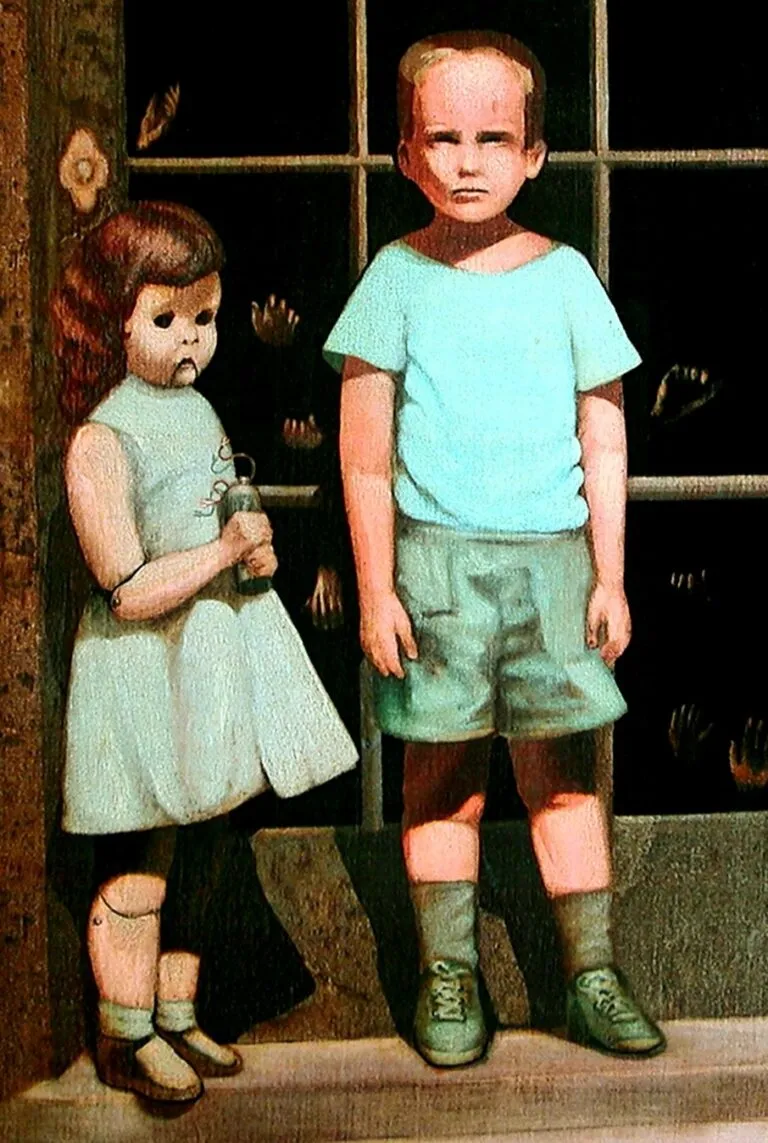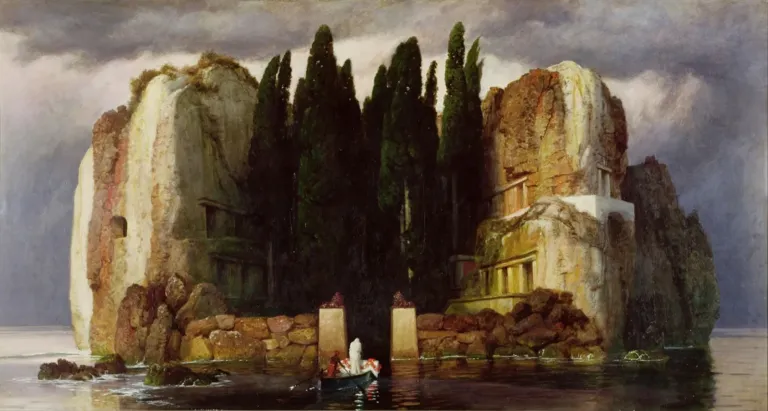Alfred Kubin – Visionary of Darkness and Surrealism
Introduction
Alfred Kubin – Visionary of Darkness and Surrealism (1877-1959) is a name that resonates powerfully in the art world, known for his works imbued with mystery, terror, and surrealism. Born in a small town in Bohemia, the Austrian artist left an indelible mark through his illustrations and paintings, which explore the darkest depths of human imagination. Kubin is often associated with symbolism and expressionism, but his unique style and haunting visions make him a pioneer in the genre of horror art.
The Life of Kubin
Alfred Leopold Isidor Kubin was born on April 10, 1877, in Litoměřice, in present-day Czech Republic. His childhood was marked by illness and death, events that profoundly influenced his artistic development. After his mother passed away when he was only ten, Kubin was sent to live with relatives in Salzburg. These childhood traumas left a lasting imprint on his psyche and are clearly reflected in his works.
After failing as a photographer, Kubin studied at the Academy of Fine Arts in Munich, where he came into contact with the artistic avant-garde of the time. However, it was an encounter with the work of symbolist Odilon Redon and readings of Edgar Allan Poe and E.T.A. Hoffmann that defined the direction of his art. Kubin married in 1904 and settled in Zwickledt, a small Austrian village, where he lived and worked for the rest of his life.
 Themes and Style
Themes and Style
Kubin’s works are characterized by a fusion of surrealism, symbolism, and the macabre. His drawings and paintings often depict fantastical worlds populated by spectral creatures, desolate landscapes, and scenes of terror and suffering. Kubin explored themes of existential anguish, madness, and death, using a palette of dark colors and a delicate yet precise touch.
One of his most famous works, The Other Side (1909), is an illustrated novel that tells of a dreamlike realm governed by a mysterious and sinister ruler. The book is a tour de force of imagination and unease, with illustrations that evoke a sense of claustrophobia and terror. This work is considered one of the masterpieces of literary and visual surrealism.
Technique and Influences
Kubin was a master draftsman, known for his skills with pen and ink. His technique was meticulous, often characterized by minute details and an almost obsessive precision. Kubin was influenced by the works of Goya, Ensor, and Redon, and his works reflect an interest in symbolism and the occult.
His use of chiaroscuro and his ability to create spectral and surreal atmospheres distinguish him from his contemporaries. Kubin conveyed a subtle and insidious sense of terror, more psychological than visual, capable of penetrating the depths of the viewer’s mind.
 Legacy and Influence
Legacy and Influence
The work of Alfred Kubin has had a significant influence on many subsequent artists and writers. His exploration of the subconscious and the fantastic made him a forerunner of surrealism and inspired artists such as Salvador Dalí and Max Ernst. Kubin is also seen as a bridge between 19th-century symbolism and 20th-century avant-garde, thanks to his ability to convey unease and mystery through his unique style.
Today, Kubin’s works are exhibited in numerous museums and private collections around the world, and his impact on art and literature remains profound and enduring. His work continues to be studied and admired for its originality and its capacity to explore the darker sides of the human psyche.
Conclusion
Alfred Kubin – Visionary of Darkness and Surrealism was an extraordinary artist, capable of shaping his nightmares and visions with technical mastery and unparalleled imagination. His works invite us to confront our deepest fears and to explore the realms of the fantastic and the supernatural. Kubin left an artistic legacy that continues to inspire and fascinate, making him one of the great masters of horror and surrealism.
Don’t miss reading articles on other Horror Painters in our Top 10… they have explored the depths of human anguish and terror, creating works that continue to challenge and fascinate viewers. Their ability to evoke intense emotions through art has made them fundamental figures in the global artistic landscape.

Subscribe to our YouTube channel

 Themes and Style
Themes and Style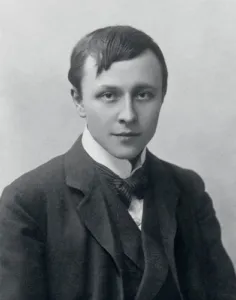 Legacy and Influence
Legacy and Influence